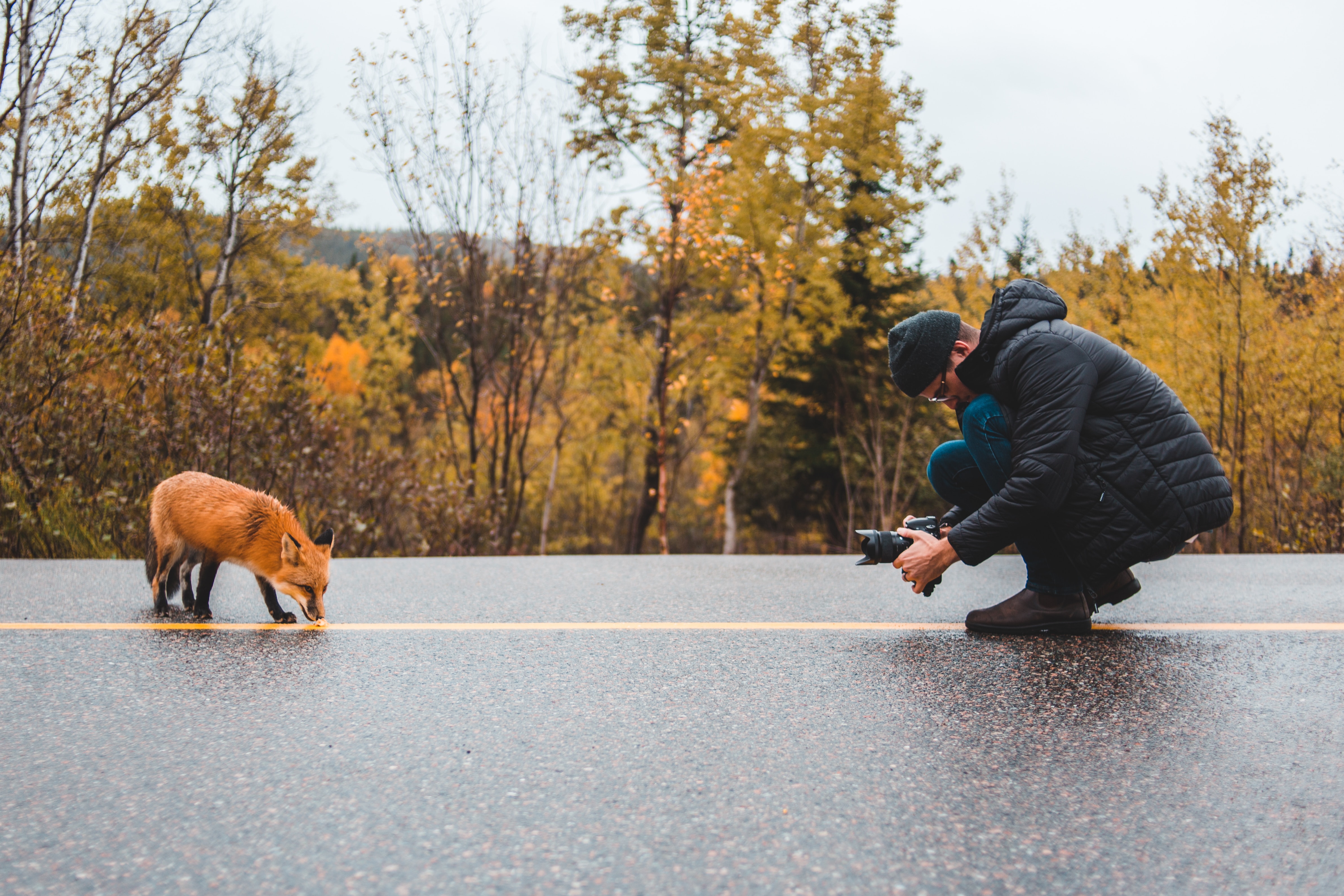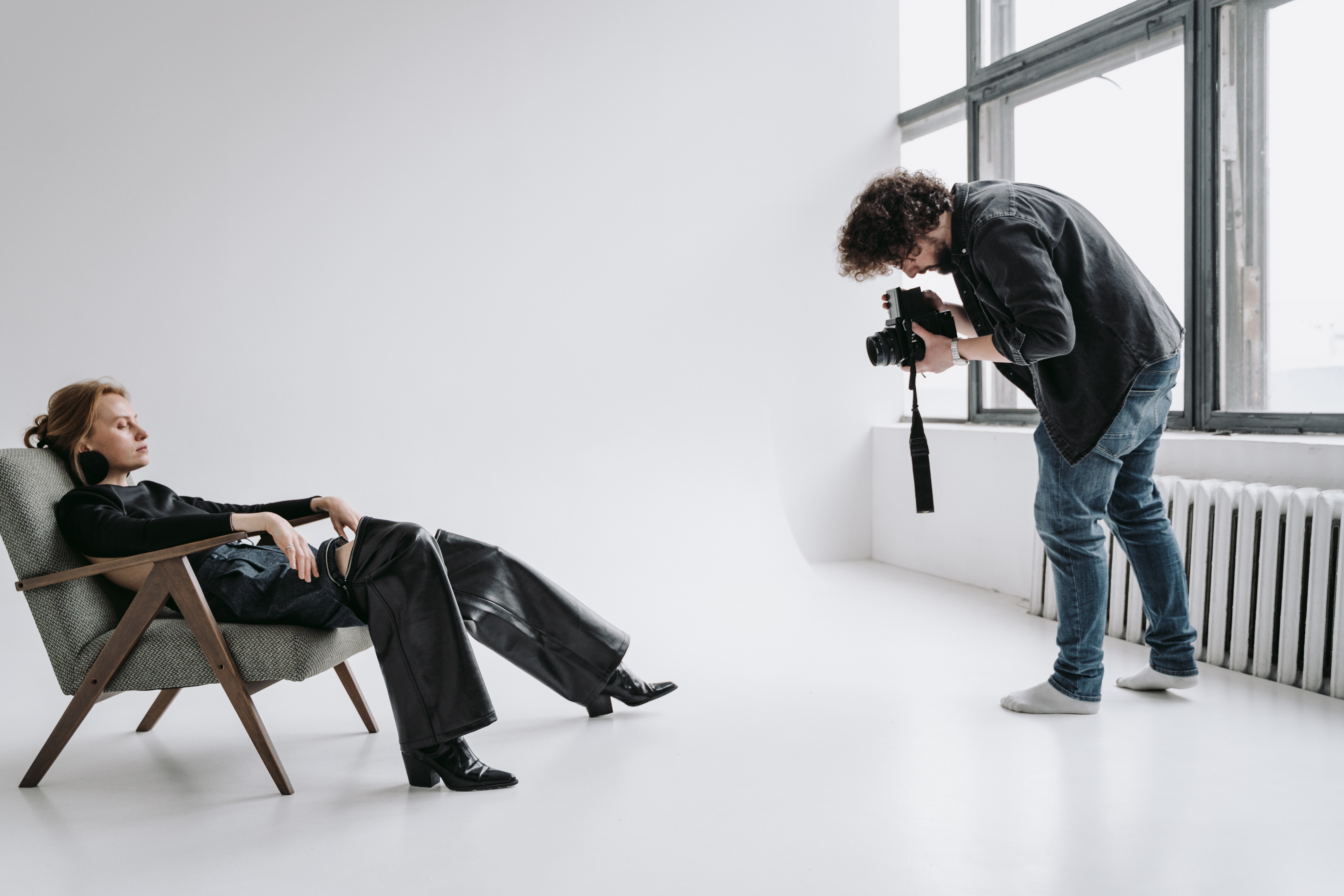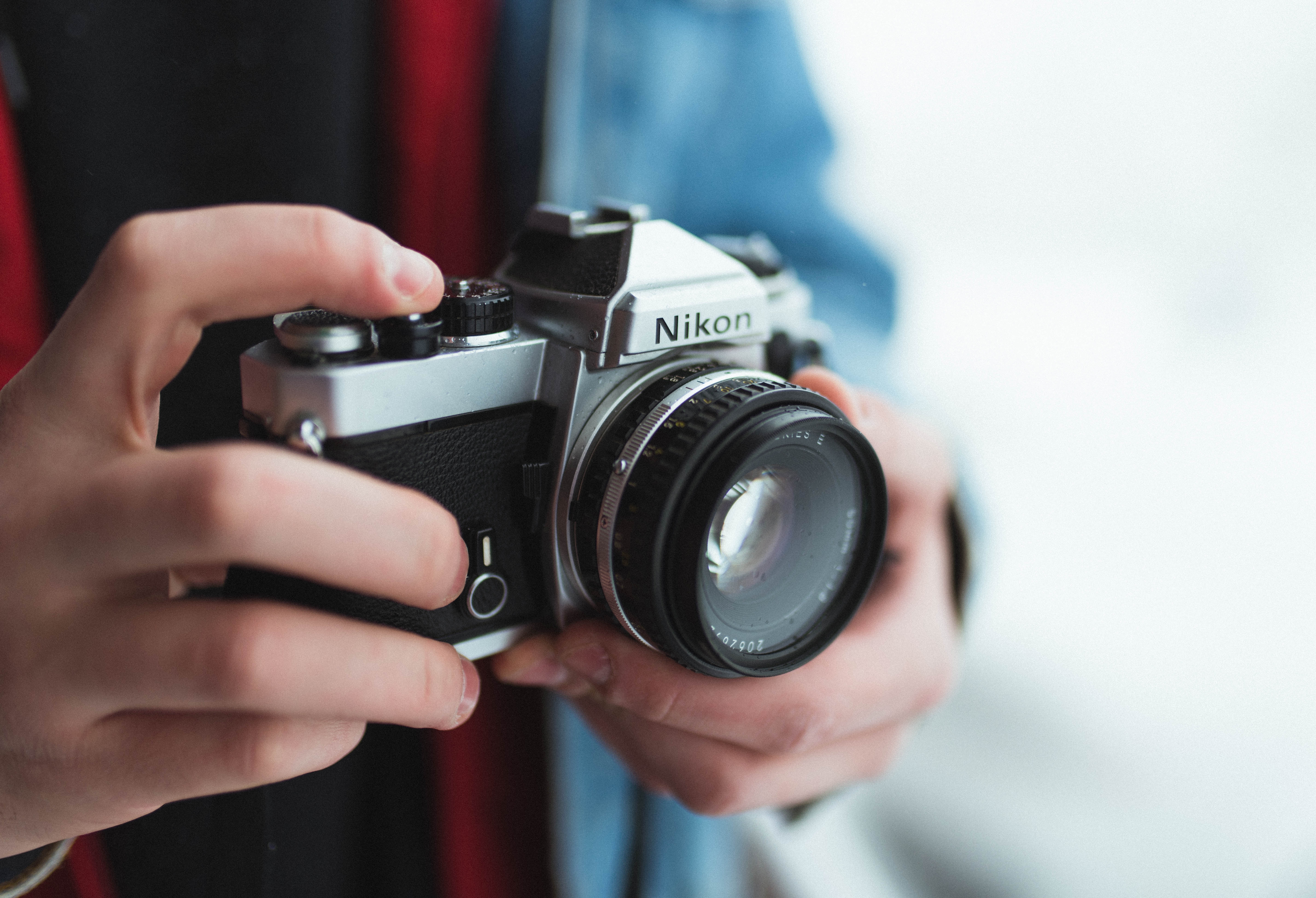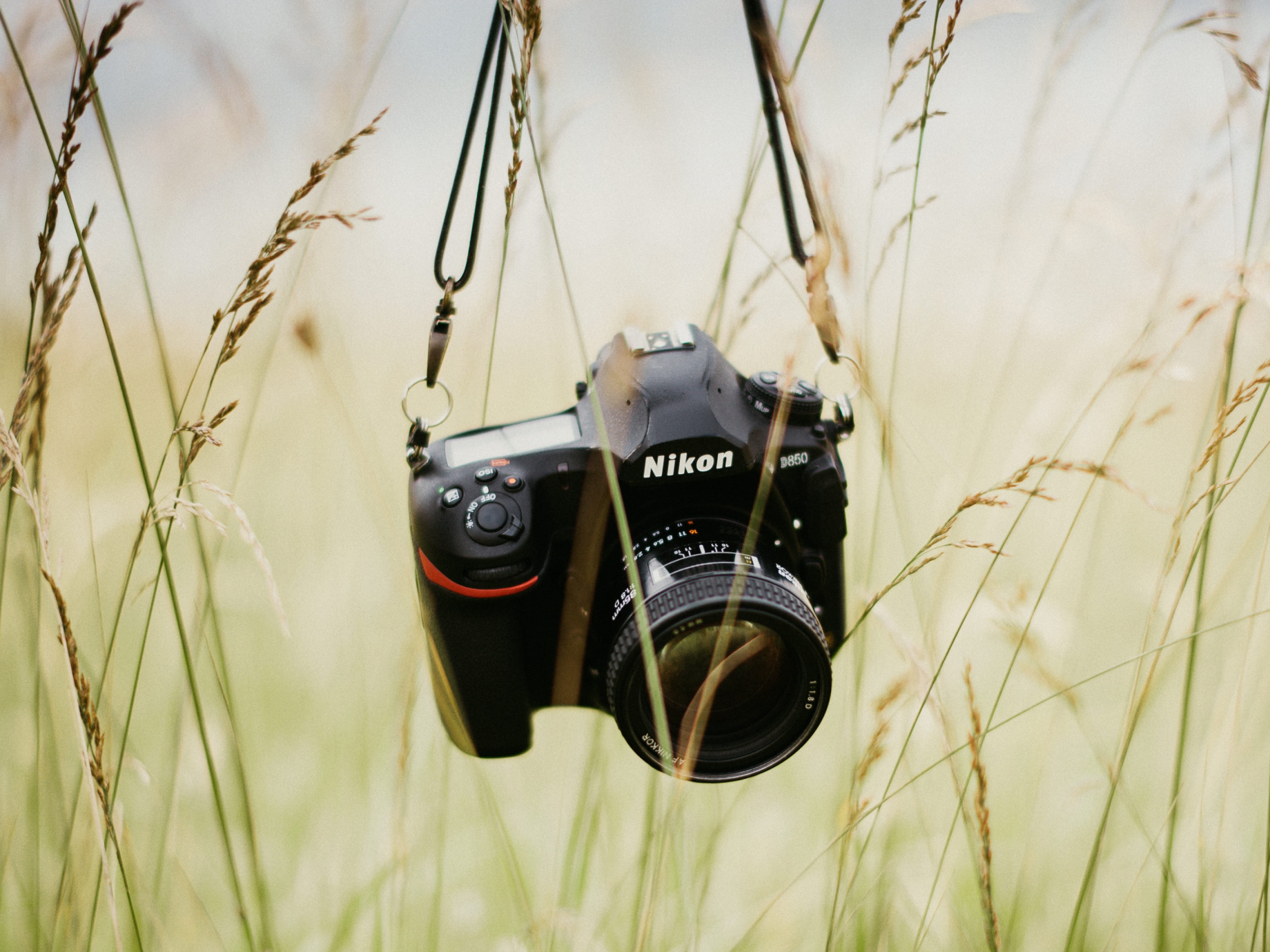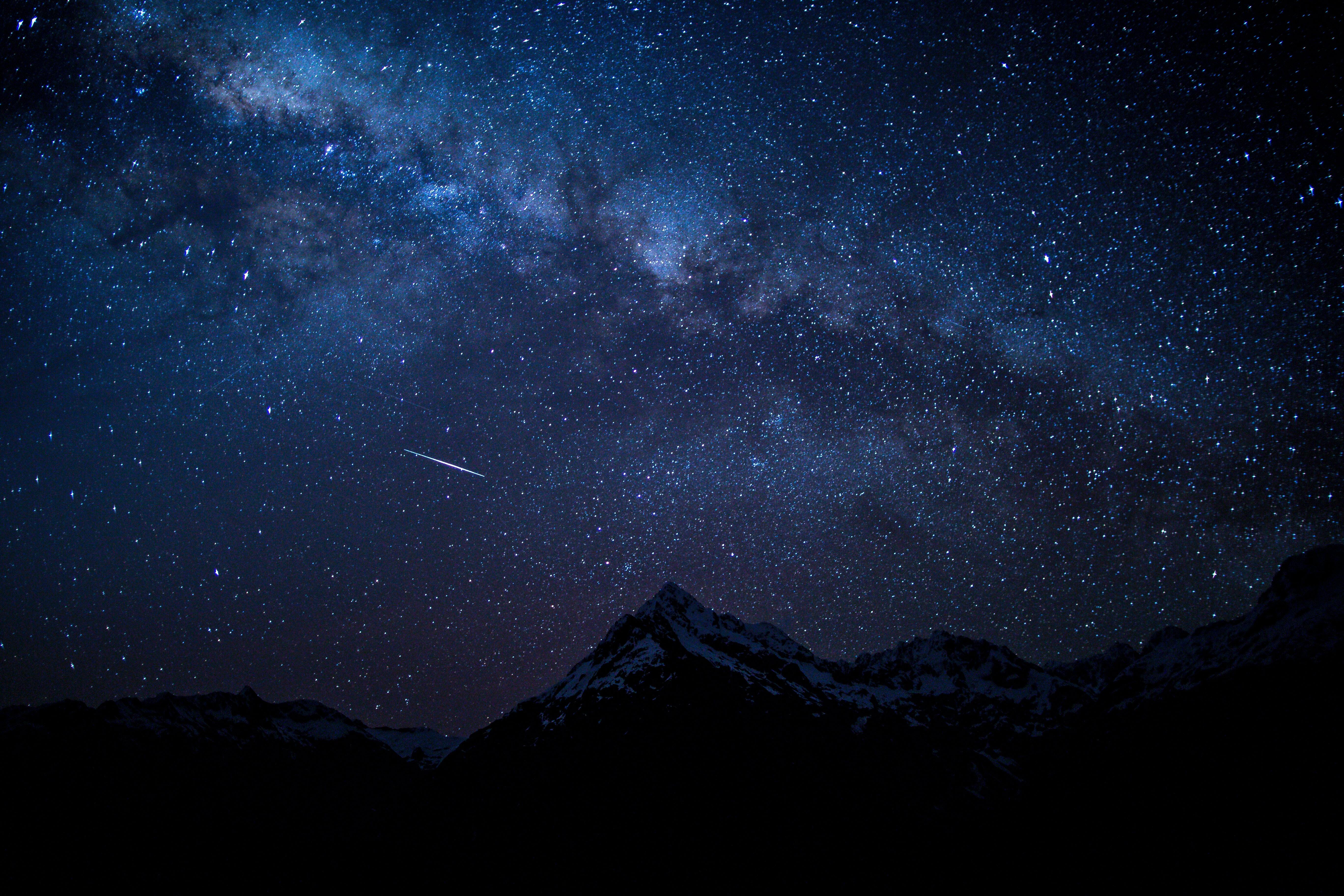
Shooting the night sky is a fun challenge for any prospective astrophotographer, and you don’t need expensive gear to get started. If you have access to clear, light-pollution-free skies, you can get good shots year-round with fairly inexpensive equipment.

Astrophotography equipment without a telescope
You can capture beautiful deep-sky images without using a telescope if you have the right camera gear. Below we discuss the best cameras, lenses, and accessories to get started in astrophotography.
Cameras
There are not too many requirements for a good camera body for astrophotos. While having excellent high-ISO performance, or even a modified sensor that is sensitive to specific wavelengths are certainly nice things to have, all you really need to get started is a basic interchangeable-lens body.
Most mirrorless camera bodies are great choices here, especially if you go with a more recently-released model. Alternatively, you can grab a gently-used DSLR like the Nikon D600 or a Canon 6D. Both of these are good, proven bodies and all-around great cameras, so you can use them for a variety of still or video work beyond your new astrophotography hobby.
The nice thing about mirrorless cameras is that you don’t have to worry about the mirror slapping down when taking long exposures, which can cause vibrations and, ultimately, blurry photos. Of course, most DSLRs have a mirror lockup option, so it’s not that big of a deal if that’s all you have access to, just remember to enable that feature when you’re ready to shoot.
You don’t need a ton of megapixels if you’re just going to be sharing your work on social media or want to make small prints. 12 to 16-megapixels is just fine, but these days there are plenty of affordable cameras in the 20+ megapixel range, which is better for larger prints.
Of course, the sharpness of the lens will also be a factor when it comes to resolution, which brings us to the next section.

Lenses
Generally speaking, you can use any camera lens to shoot the night sky, but a few factors will give you a leg up. Below we discuss the top considerations for lenses that will improve your shots of the moon, star clusters, and more.
First, a faster lens that can be opened to a wide aperture improves pictures of the dark sky because it takes in more light. The more light you can gather, the better. Working with a fast lens will also allow you to shoot at faster shutter speeds, which is good for getting sharp pictures.
It may not seem like motion blur would be a problem when shooting the stars, but when you’re leaving your shutter open for several seconds, the motion of the Earth and the celestial bodies start being a factor.
Luckily, there’s a handy rule of thumb for setting a minimum shutter speed that will result in pinpoint stars — divide the number 300 by your focal length. So, if you’re shooting a 35mm lens, take 300 and divide it by 35, which will result in an 8-second exposure.
It helps to shoot wider lenses if you need more time to gather light, because if you’re shooting a 300mm lens, that only allows you a one-second exposure before star blur will set.
Manual focus
Since autofocus isn’t an important factor when you’re shooting the sky at a set distance, manual focus lenses are a good affordable option. Rokinon makes really nice manual focus 14mm f/2.8 and 12mm f/2 lenses that are available for multiple mounts. They perform really well and have good corner-to-corner sharpness wide open. Just make sure you don’t mistakenly focus them past infinity, as they tend to go just past it on the focusing ring.
Field of view
If you want more flexibility on composition, Sigma makes a couple wide zoom lenses that are also good for astrophotography — the 18-35mm f/1.8 HSM A and the 14-24mm f/2.8 DG DN A. These are both for APS-C cameras, so adjust accordingly.
Wide-angle lens
Wide-field or wide-angle lenses are a great choice for capturing deep-sky astrophotography. They give you plenty of room to include foreground elements in the frame, giving added depth to your final image.

Telephoto lens
If you’re going to be shooting the moon, you’ll have to go to the opposite end of the focal length spectrum and pick up a telephoto lens.
Generally speaking, when shooting the moon, anything less than 300mm will not get you close enough. Luckily, you don’t have to get a fast, expensive telephoto lens, as the moon is very bright, so an affordable f/5.6 or f/8 lens will be just fine.
Sigma makes a great 100-400mm f/5-6.3 DG DN OS C zoom for several mounts. Otherwise, the Nikkor 18-300mm f/3.5-6.3 G ED IF R is popular with Nikon APS-C DSLR shooters, and the Canon 75-300mm f/4-5.6 is a real bargain for Canon APS-C DSLRs.

Recommended accessories
Now that we’ve covered cameras and lenses, let’s talk about a couple of really handy accessories for this type of photography.
Tripod
First, you’ll need a sturdy tripod. This is essential when shooting longer exposures, as it helps keep your kit as steady and still as possible. The heavier the better, but if you’re careful, you can use a light tripod as well. This one, by Manfrotto, is affordable and will get the job done if set up properly.
If you can spring for a little more, this Sirui tripod is steadier and more durable, so you can get more use out of it for years to come.
Remote shutter release
Another accessory you may want to invest in is a remote shutter release. These devices will ensure that the act of pushing the shutter won’t create further vibrations that will affect your final photo. They’re often manufacturer or model-specific, so make sure you get one that’s compatible with your kit.
You can always set the timer on your camera to 10 seconds if you forget the remote shutter release, and that should take care of any vibrations that result from pushing the shutter button.

Lens filters
If you want finer control over your final image, you should pick up some lens filters as well. From neutral density to polarizers, hydrogen-alpha converters, and star soft filters — they all enhance your astrophotography, depending on what you’re shooting, and can be picked up for less when shopping used.
Get the right setup for astrophotography
If you want to take pictures of deep-sky objects, you don’t need to shoot for the stars when it comes to gear. Use this guide to find the right astrophotography equipment, and get started today!
If you need some more guidance, why not give us a call at 1-800-DIALKEH? We’ll get you set up with something that’s right on the money, and you’ll be taking out-of-this-world photos in no time.

